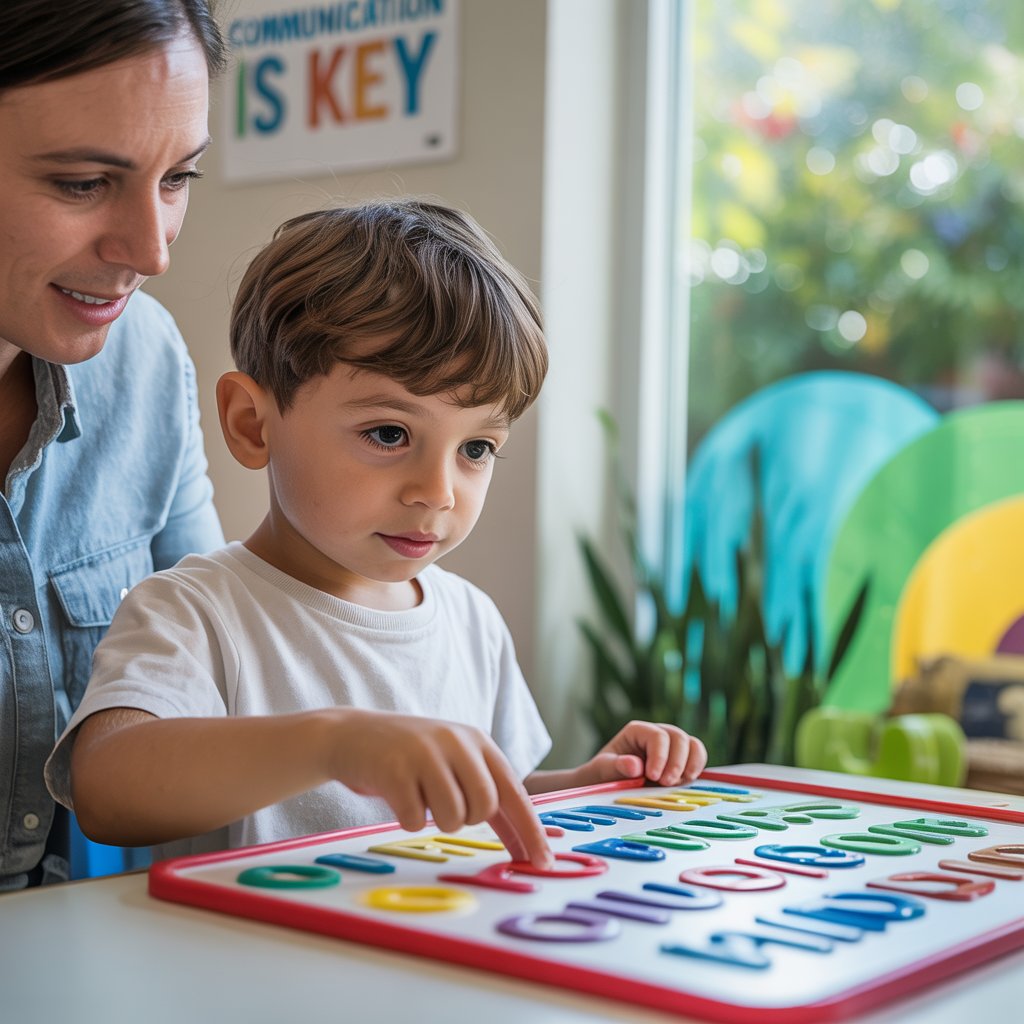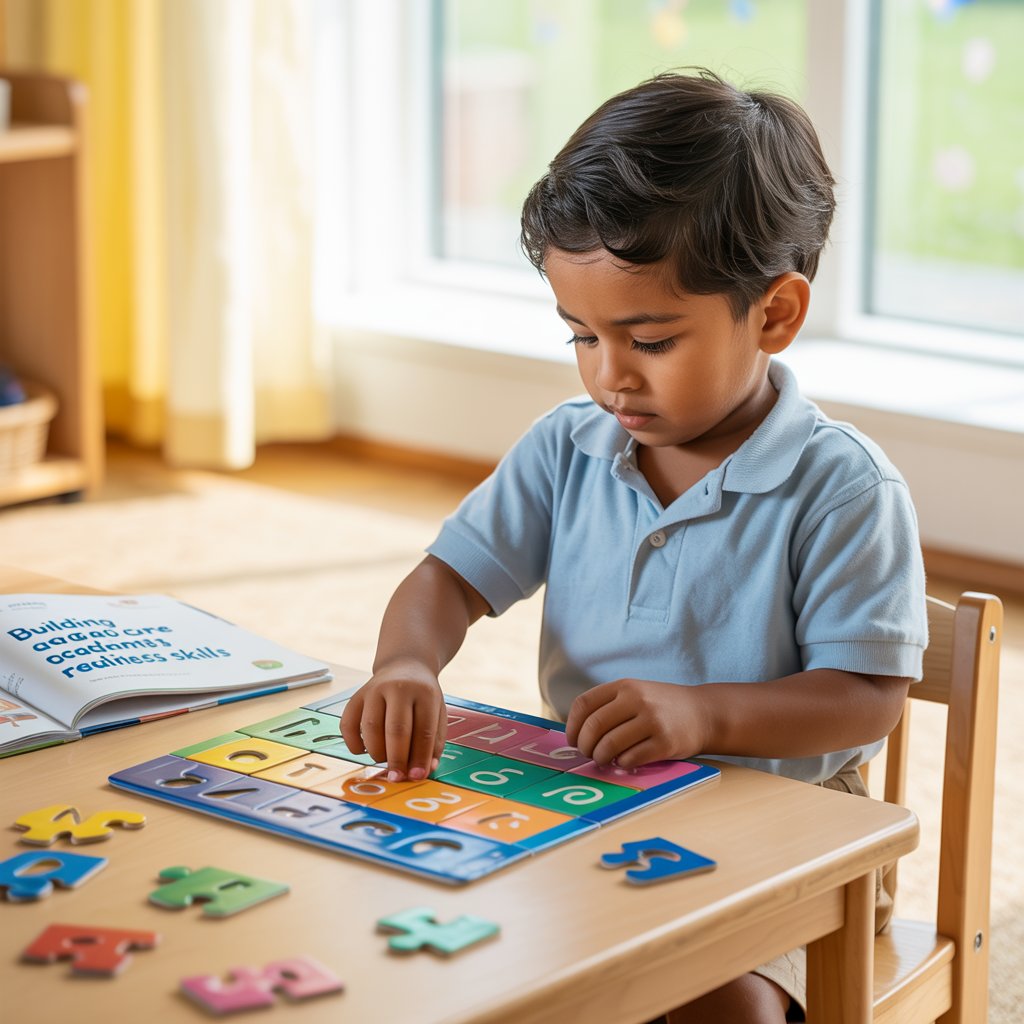Understanding Fine Motor Skills in Autism

Ever watched a child struggle to button their shirt for 15 minutes while your instinct screams to just do it for them? For parents of children with autism, this isn't just an occasional morning frustration—it's everyday life.
Fine motor skills in autism kids don't just affect dressing. They impact everything from writing their name to feeding themselves to playing with friends on the playground.
I've spent 12 years working with families just like yours, and I've discovered something surprising: the standard occupational therapy approaches aren't always what works best at home.
What if I told you the breakthrough might not be in more therapy sessions, but in five everyday household activities you're probably overlooking?
Defining fine motor skills and their importance in daily life
Fine motor skills involve the coordination of small muscles, primarily in our hands and fingers, to perform precise movements. Think about buttoning a shirt, writing with a pencil, or picking up a small piece of food – these all require fine motor control.
For kids, these skills are absolute game-changers in everyday life. They need them to:
- Feed themselves with utensils
- Get dressed independently
- Write and draw
- Use scissors
- Open containers and packages
- Brush teeth and handle personal hygiene
- Use electronic devices like tablets
Without solid fine motor skills, simple daily tasks become frustrating challenges. The impact goes beyond just physical abilities – it affects a child's confidence, independence, and even social interactions.
How fine motor development differs in children with autism
Children with autism often show a different pattern of fine motor development compared to their neurotypical peers. This isn't a matter of "behind" or "ahead" – it's simply different.
Many autistic kids struggle with hand-eye coordination, bilateral integration (using both hands together), and motor planning (figuring out the steps needed to complete a physical task). You might notice uneven development – a child who can solve complex puzzles but struggles to hold a spoon properly.
Some common differences include:
- Delayed reaching of fine motor milestones
- Unusual pencil grip or pressure when writing
- Difficulty with sequential movements
- Trouble with tasks requiring both hands
- Preference for activities that don't challenge fine motor skills
Every child with autism has their own unique profile. Some might excel at certain fine motor tasks while finding others nearly impossible.

Common fine motor challenges faced by autistic children
The fine motor challenges in autism go beyond just "clumsiness." They're often rooted in how the brain processes sensory information and plans movement.
Here's what parents and teachers frequently observe:
- Poor pencil grasp and handwriting difficulties - Many autistic children develop an atypical grip that makes writing physically taxing.
- Trouble with fasteners - Buttons, zippers, and shoelaces can be particularly challenging.
- Difficulties with utensils - Using forks, spoons, and especially knives often requires extra support.
- Challenges with self-care tasks - Brushing teeth, combing hair, and washing hands demand complex fine motor coordination.
- Inconsistent performance - A child might perform a task perfectly one day, then struggle the next.
- Increased frustration - When your fingers won't do what your brain wants, frustration naturally follows.
- Avoidance behaviors - Many children develop strategies to avoid challenging fine motor tasks altogether.
These challenges don't reflect a lack of intelligence or effort – they stem from genuine neurological differences.
The connection between fine motor skills and other developmental areas
Fine motor skills don't exist in isolation – they're deeply intertwined with other aspects of development.
Speech and communication: The same motor planning abilities needed for finger movements also help coordinate the muscles used in speech. That's why many children with fine motor challenges also experience speech delays.
Social development: Think about it – many social activities involve fine motor skills. Arts and crafts at school, sharing toys, or playing board games all require dexterity. Difficulty with these tasks can inadvertently limit social opportunities.
Academic performance: Handwriting challenges can mask a child's true academic abilities. A brilliant student might produce work that doesn't reflect their understanding simply because writing is physically demanding.
Emotional well-being: Constant struggles with everyday tasks can affect a child's self-esteem and independence. Success with fine motor activities builds confidence that extends to other areas.
Sensory processing: Many fine motor challenges connect to how a child processes sensory information. Hypersensitivity to touch might make certain textures unbearable, while hyposensitivity might result in too much or too little pressure when handling objects.
Understanding these connections helps us develop more holistic approaches to supporting children with autism.







